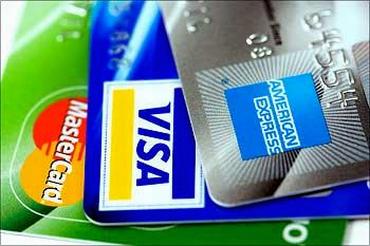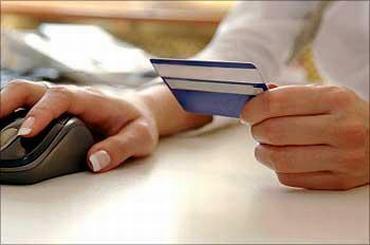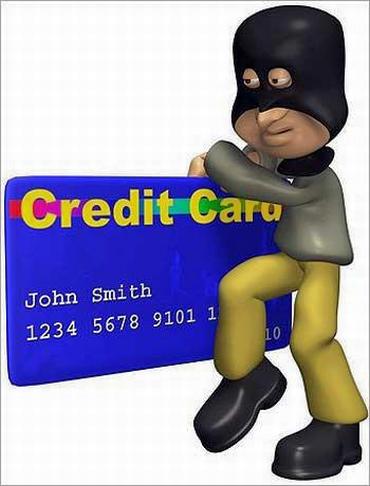
Have you ever given a second thought to the importance of the numbers on your credit card and what they might mean to you? You might be surprised to know that each number has a specific meaning.
By knowing the meaning of the numbers and following a simple test, you can avoid credit card fraud. Read on to find out more.
International standards
Credit card numbers are basically drawn up by the International Standards Organization (ISO). All credit cards share many similar characterisations due to the ISO; such as the size and the placement of the numbers, emblazoned across the front.
ISO is a standard-setting body of international representatives that help produce global standards, both commercial and industrial.
Why is ISO so important in our global market?
They not only create standards for credit cards but magnetic-striped ID cards as well, allowing for easier processing and recognition. Not only do credit cards across the board share the same material that they are made from (PVC), they share a common numbering sequence.
about credit card numbers...

Understanding the numbers
A credit card can have up to a maximum of 19 digits according to ISO standards. Below is a breakdown of the numbers.
1) The first six digits
The first six digits of your credit card is the Major Industry Identifier (MII) and the Issuer Identifier Number (IIN).
The first number, MII, represents the category or system in which your credit card was issued. The MII together with the other five numbers identify the exact issuer, IIN.
Hence, the first 6 digits of a credit card are known as the Bank Identification Number (BIN).
These digits lets the merchant know what type of card you are using and with some cards, even the currency that will be used. An example of the most popular cards are:
3: Travel and Entertainment
American Express: 34xxxx-37xxxx
Diners Club: 38xxxx
4: Banking and financial
Visa: 4xxxxx
5: Banking and Financial
MasterCard: 51xxxx-55xxxx
6: Merchandising and banking
Discover: 6011xx
Click NEXT to find how to detect invalid credit cards...

2) Account Number
The account number can be up to 12 digits. Each issuer has trillions of possible account numbers. The credit card account number is used to identify you. Each bank or card issuer will have various lengths and number sequences.
In some cases, your account number can be broken down in to when your card was last issued, if it has been lost or stolen, how many cards have been issued to an account, etc.
3) Check Digit or Checksum
The checksum is an algorithm that was awarded a US Patent to an IBM Scientist named Hans Peter Luhn (1896-1964). The checksum is called the Luhn algorithm.
The checksum is used to confirm the initial digits of the card number. Benefits of using a checksum is that it prevents casual attempts to invent credit card numbers, as only one in ten will be valid.
If the credit card needs to be manually recorded, the checksum will help to prevent mistakes.
Click NEXT to read the three steps that can detect fake credit cards...

How to use the Checksum
Step one
Take the credit card number below and double every other digit from the left (marked in raised numbers below). (I got this number off an ad on the internet).
5424 1801 2345 6789
5x2=10; 2x2=4; 1x2=2; 0x2=0; 2x2=4; 4x2=8; 6x2=12; 8x2=16.
(You should come up with the following sequence of numbers: 10, 4, 2, 0, 4, 8, 12, and 16.)
Step two
Add the new numbers (10, 4, 2, 0, 4, 8, 12, and 16) to the numbers you didn't double (4, 4, 8, 1, 3, 5, 7 and 9) in the above card number.
All double digits (like 10, 12 and 16) should be added as a sum of their digits. An example would be: 10 becomes 1+0; 12 becomes 1+2 and 16 becomes 1+6).
1+0+4+4+4 + 1+8+0+1 + 4+3+8+5 + 1+2+7+1+6+9 = 69
Click NEXT to read step three...

Step three
If the final sum is divisible by 10, then the credit card number is valid. If it cannot be divided by 10, the number is invalid or fake.
69 10 = 6.9
As you can see, the number I got off the ad is a fake or invalid number. Grab a credit card out of your wallet and try this simple and fun test.
In addition
Additional numbers on a credit card are the issue and expiration dates and CVV, CID, or CVC codes, which are security codes for various credit card companies. Not all credit cards will have the same sets of extra codes to identify if the card is authentic.
With a little bit of knowledge, you can find out a lot about your credit card.